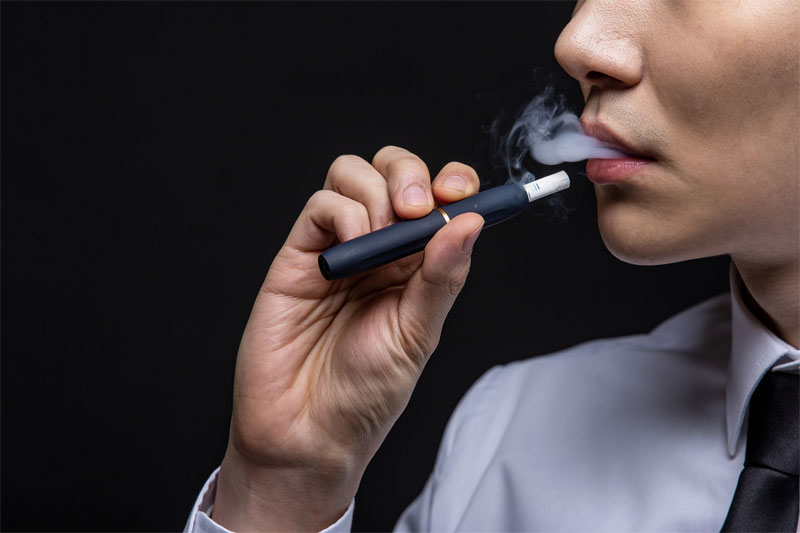
The Influence of E-Cigarettes on Contemporary Lives
The advent of e-cigarettes has undoubtedly sculpted new dynamics in modern lifestyles. Originating as an alternative to traditional tobacco smoking, e-cigarettes have garnered considerable attention due to their perceived reduced risk. This shift has sparked debates on their health implications, social acceptance, and role in the cessation of traditional cigarette smoking.
smoking, e-cigarettes have garnered considerable attention due to their perceived reduced risk. This shift has sparked debates on their health implications, social acceptance, and role in the cessation of traditional cigarette smoking.

Understanding E-Cigarettes
E-cigarettes, also known as vapes, are electronic devices that vaporize a liquid, often containing nicotine, flavorings, and other chemicals. Unlike tobacco cigarettes, which burn tobacco leaves to create smoke, e-cigarettes work by heating the liquid solution, which users then inhale.
An essential factor contributing to the popularity of e-cigarettes is their wide range of flavors—ranging from classic tobacco and menthol to more exotic options like fruit and dessert flavors. This variety appeals to both seasoned smokers and newcomers alike, enhancing their integration into everyday practices.
Health Impact and Controversies
One of the most debated topics surrounding e-cigarettes is their health impact. While manufacturers often tout them as a safer alternative to traditional smoking, recent studies challenge this notion, shedding light on potential adverse effects. Critics argue that e-cigarettes still deliver nicotine, which is addictive and may have long-term health consequences, especially for youth and non-smokers.
Moreover, the lack of substantial and conclusive evidence regarding their long-term safety further fuels the controversy. In some regions, stringent regulations and a push for comprehensive studies aim to demystify their effects, while advocates stress their harm reduction potential compared to cigarette smoking.
Social Acceptance and Trends
In many urban settings, the use of vapes has become increasingly common, almost trendy. Part of their appeal lies in the notion of mitigating the stigma associated with traditional smoking. Unlike cigarette smoke, vapor emitted from e-cigarettes is often less pungent and dissipates quickly, making it more palatable in public spaces.
The rise of vaping culture , bolstered by social media influencers and peer groups, fosters an environment where e-cigarettes are perceived as fashionable lifestyle choices rather than mere smoking alternatives. This cultural shift also encourages experimentation with various devices and flavors, thereby broadening the demographic and reaching younger audiences.
, bolstered by social media influencers and peer groups, fosters an environment where e-cigarettes are perceived as fashionable lifestyle choices rather than mere smoking alternatives. This cultural shift also encourages experimentation with various devices and flavors, thereby broadening the demographic and reaching younger audiences.
Frequently Asked Questions
- Are e-cigarettes truly safer than traditional cigarettes?
Although marketed as safer, research is still ongoing to comprehensively determine their long-term health effects. - Can e-cigarettes help in quitting smoking?
For some individuals, they serve as a transitional tool to reduce smoking, but success varies and should ideally be coupled with a broader cessation plan. - What is the legal age for purchasing e-cigarettes?
Most regions enforce age restrictions similar to traditional tobacco products, commonly set at 18 or 21 years old depending on local laws.